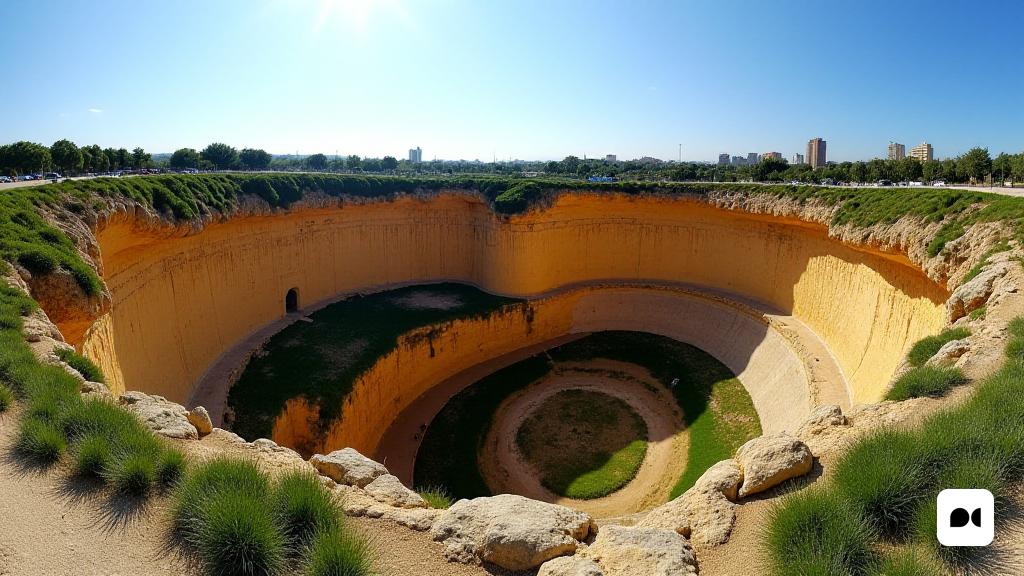An archeological legacy revalued
Recently, La Pedrera del Mèdol, an emblematic place within the archeological site of Tarraco, has been incorporated into the National Archaeological Museum of Tarragona (MNAT). This decision is derived from the donation made by Abertis Infraestructuras, who has been responsible for the site since 1988, to the Catalan Agency for Cultural Heritage.
A worldwide recognized heritage
Since 2000, this site has been recognized as a World Heritage Site by UNESCO, a title that emphasizes its importance in the history and culture of the territory. In addition, La Pedrera is classified as a Cultural Asset of National Interest, a status that emphasizes its relevance in historical heritage.
Plans for rehabilitation and improvement
With the formalization of the donation on Monday, the Generalitat de Catalunya has assumed the property of La Pedrera del Mèdol, allowing the Catalan Agency for Cultural Heritage and the MNAT to begin a series of improvements in the space. These actions will include the improvement of the perimeter route, which is currently accessible to the public, as well as the reopening of the Clot del Mèdol, closed since 2014.
Immediate improvements in access
Maintenance and gardening work will begin imminently, with the aim of increasing the accessibility and safety of the outside route. It is also planned to improve the four viewpoints that offer views over the Clot del Mèdol and its environment.
Reopening of the Clot del Mèdol: a real possibility
With the gaze on the future, the MNAT has begun to evaluate the feasibility of reopening the Clot del Mèdol to visitors. Botanical and geological studies have begun to determine the conditions that would allow access to the public during the last quarter of this year.
Collaboration with the Interpretation Center
In addition, the MNAT is already in talks with the concessionaire of the Interpretation Center located in the El Mèdol service area of the AP-7 motorway, with the aim of formalizing an agreement that allows its joint management.
La Pedrera del Mèdol: a testimony to the story
La Pedrera del Mèdol, which was fundamental in the supply of stone in Tarraco during Roman times, has a hole 200 meters long and a variable width that houses a stone needle 20 meters high. The stone extracted from this quarry, known for its yellowish color, was essential in the construction of various monuments in the city.
A learning space
With an operation that goes back to at least the first century BC, it is estimated that around 150,000 cubic meters of stone were extracted, offering a valuable context for the study of Roman extraction techniques and other archeological aspects.
A promising future for local heritage
With the incorporation of La Pedrera del Mèdol, the MNAT now manages eight heritage spaces in the Tarragonès region, thus expanding the cultural and educational offer related to the rich Roman inheritance of the region. The integration of this new space in the visits and activities circuit is a significant step towards the preservation and promotion of historical heritage.

